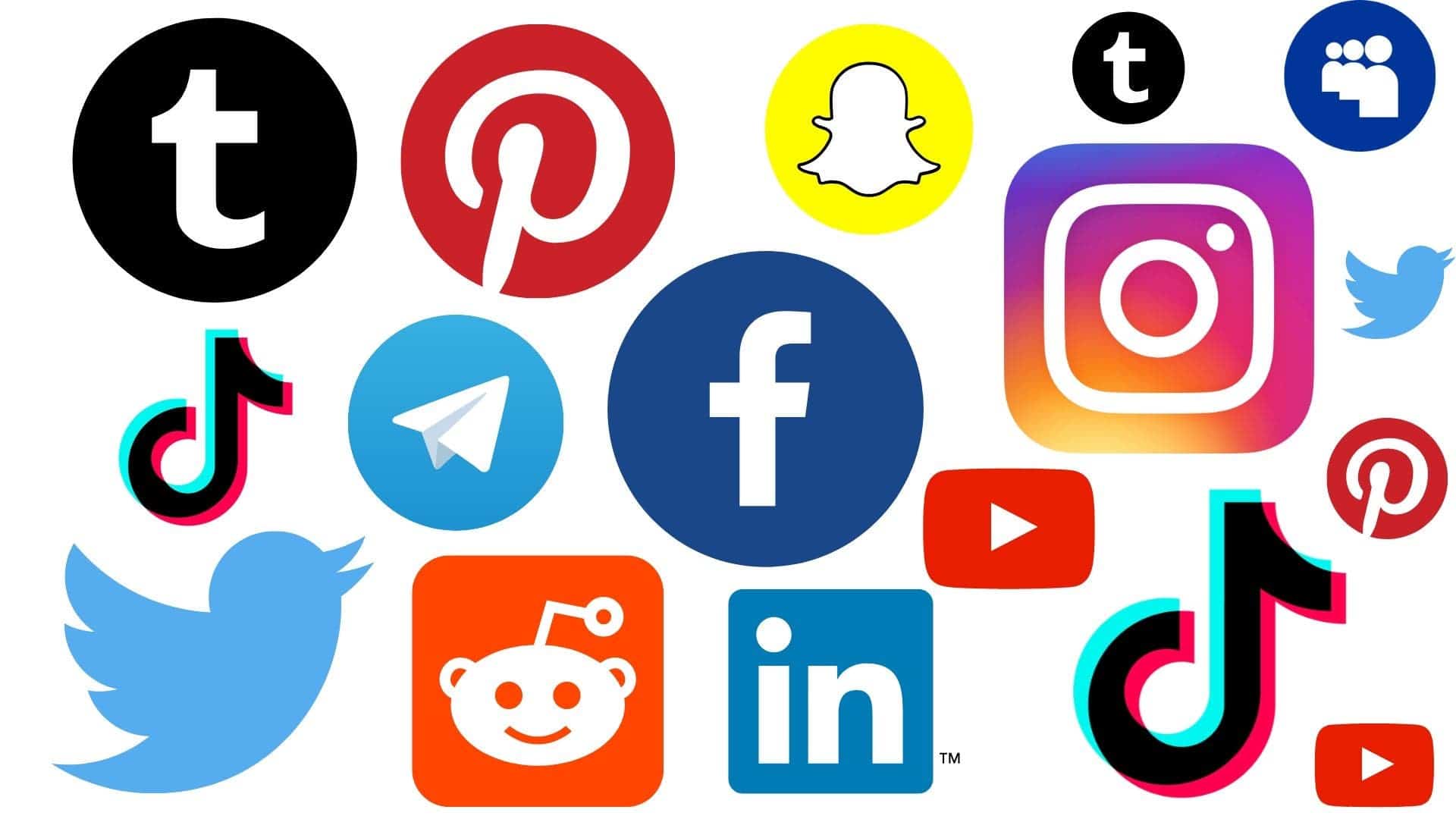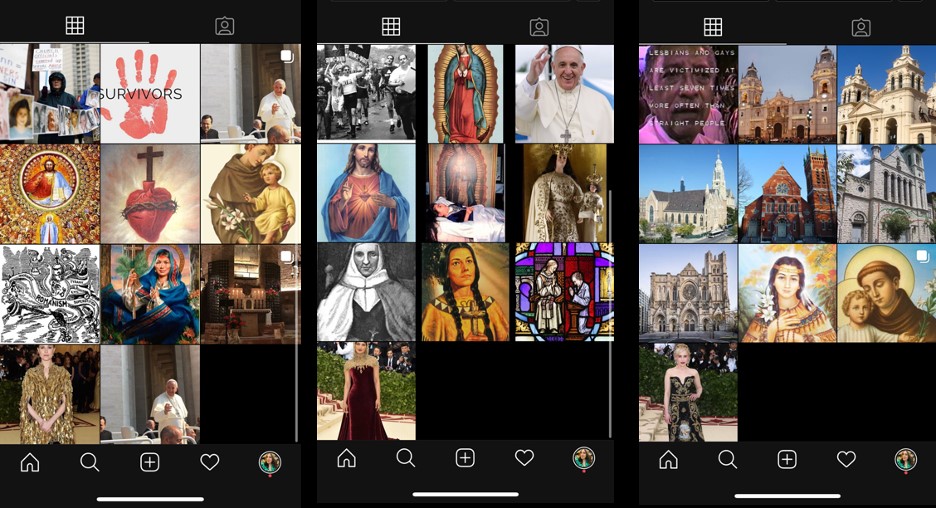At a time when social media is in an incredibly precarious position in both society and culture, it seems perfectly sound and reasonable for me to cover just how much potential it has for history education! It’s no secret that social media has been on blast recently, whether it be Elon Musk’s purchase of Twitter and the “unique” ways he runs it; the awkward TikTok hearing between Shou Chew and some technologically inept members of Congress; or social media’s role in exacerbating what U.S. Surgeon General Dr. Vivek Murthy has reported as an “Epidemic of Loneliness and Isolation.” Social media platforms are in a strange relationship with their users, as most people who use them understand the problems and mental health risks they create, yet continue to use the platform anyways. The public criticism is vital, as the dominance of social media and smartphones over our lives is a thing which needs to be scrutinized. Yet despite this crucial downside, with it comes numerous possibilities and potential at the intersection of social media and history, especially in their relation to education.

A criticism students often lob at history courses is that it’s all reading and writing, but one of the best ways to re-engage them with the content is to simply switch up how they’re learning it. What if instead of writing a 5 page paper about Abraham Lincoln for an exam, students created an Instagram page from his point-of-view throughout his presidency? Instagram allows for both visual and descriptive elements, as the combination of an image/video with a caption can provide students the opportunity to display their learning in a more engaging way. Another unique way students could demonstrate their learning is creating a mock Twitter page for an historical event, and “live-tweeting” historical events as if they were currently unfolding. These examples are primarily for student creation, but social media can also be used as an acquisition tool. In Alyssa Maldonado-Estrada‘s Religion and Masculinity class, Instagram stories were used as an additional method of content acquisition, as well as a place for students to reflect on what they learned. This is one of the greatest potentials of social media for student learning, particularly in the subject of history, as it integrates visual elements into a subject often associated with plain, boring, black and white text.

As History Educators, we need to consider the ways we are stimulating student growth. Is the best way to learn really a PowerPoint-backed lecture? Edward Tufte certainly disagrees with the notion, arguing that slideshows do nothing for developing critical thinking; they are not a “contemplative analytical method,” rather, they are “like television.”(Tufte, pg 160) Social media is a tool to escape the mind-numbing repetitiveness of PowerPoints, something Tufte calls a “relentless sequentiality.”(Tufte, pg 158) This does not mean that social media is the only option for escaping a boring history curriculum, rather it is a tool in the toolbox of history educators. Rather than pulling out the ancient hammer and nails we’ve always used—PowerPoints and lectures—what if we pulled out something a bit more modern, something that actually generates critical thinking within our students?

Another piece of potential social media has is the opportunities it creates for practicing history. Primary and secondary sources are abundant on sites like Twitter, but only if you know how to look for them. Using a platform like Twitter to find information also creates a unique set of problems. The democratization of information is the idea that (with the advent of the internet) anyone can post information online for others to see. Carla Vecchiola has described this digital world as creating a “post-truth ethos;” the internet has “unhooked information from authority.” The great benefit of the internet and digital history is the ability for anyone to post their historical findings, but this also creates the greatest hazard, since there are no requirements or restrictions for what can or can not be posted.
BENEFIT: When a teacher assigns students a history project using a digital archiving software like Omeka, their research is placed onto the internet. This means that years down the line, someone researching the same topic may accidentally stumble onto the site, and find information on primary documents or artifacts that they could use in their own work.
HAZARD: There is no guarantee that the published work is legitimate. Where did the information come from? Where are the artifacts sourced from? What is the argument/logic/reasoning for the site?
The “BENEFIT” and “HAZARD” sections represent the eternal dilemma of sourcing history from others online, as one must constantly exercise digital literacy skills in order to dissect a source’s usefulness. Our role as history teachers is essential to combating bad internet practices, something which may seem entirely out of place for a history course. But in reality is one of the most important skills to instill in our students, as it not only helps them learn how to properly do history online, but how to be an informed digital citizen.

One of the most important things to learn when searching for good historical information online is how to use filters. This blog post may be about social media, but I’m not talking about photo filters. I’m talking about information filters, which help cut down some of the time we spend decoding whether or not a source is viable and academic. One of these filters is social media itself, particularly the academic/professional side of something like Twitter. Academic Twitter is not a concrete place that can be reached through a separate page or anything like that, rather it is reached through building up a digital circle of academic connections among historians, scholars, museums, researchers, organizations, and teachers. This does not mean that bad information doesn’t still make its way into academic spaces online. For T. Mills Kelly‘s historical methods course, Kelly had his students practice “lying about the past.” This culminated in a student convincing some online scholars that an American pirate existed in the late 19th century (Edward Owens, “The Last American Pirate“), a story which was entirely false and uprooted academic discourse about digital history and historical methods courses. This demonstrates just how unstable some online filters and sources can be, making it even more essential that history teachers instill in students the tools to properly evaluate information they come across online.
For the title of this blog post, I did something incredibly outrageous and nonsensical: I compared social media to the atomic bomb. On a literal level, they are obviously not anywhere remotely close to each other. But on a metaphorical level, they both demand respect. You can’t just incorporate some element of social media into the classroom and expect everything to be peachy-keen. Students need to respect social media and how it can be used; they need to understand the position it holds in our current society. It may have some fantastic potential for practicing history both in and outside the classroom, but this also does not mean that it should be treated as some fix-all solution for bad history teaching. The quality of a history lesson resides not in the tool used, but in the teacher understanding how to use it. You can’t expect to make your students enjoy history with the flick of a switch, all by simply incorporating something like Instagram into the classroom. It entirely depends on how you’re using that tool to teach.

Sources
Appelbaum, Yoni. “How the Professor Who Fooled Wikipedia Got Caught by Reddit.” The Atlantic, May 15, 2012. https://www.theatlantic.com/technology/archive/2012/05/how-the-professor-who-fooled-wikipedia-got-caught-by-reddit/257134/.
Conger, Kate, and Hirsch, Lauren. “Elon Musk Completes $44 Billion Deal to Own Twitter.” The New York Times, October 28, 2022. https://www.nytimes.com/2022/10/27/technology/elon-musk-twitter-deal-complete.html.
Hudson, Hannah. “10 Surprising Ways to Use Instagram in the Classroom.” We Are Teachers, July 4, 2017. https://www.weareteachers.com/10-surprising-ways-to-use-instagram-in-the-classroom-2/.
Kelly, T. Mills. “True Facts or False Facts —Which Are More Authentic?” In Pastplay: Teaching and Learning History with Technology, edited by Kevin Kee, Chapter 15. Ann Arbor: University of Michigan Press, 2014. https://muse.jhu.edu/pub/166/oa_edited_volume/chapter/1127340
Maldonado-Estrada, Alyssa. “Distance Learning on Insta: Using Instagram Posts & Stories to Co-Create and Share Student Ideas,” Teaching Commons – Kalamazoo College, August 25, 2020. https://teachingcommons.kzoo.edu/2020/08/25/distance-learnign-on-insta-using-instagram-posts-stories-to-co-create-and-share-student-ideas-alyssa-maldonado-estrada
Murthy, Vivek H. “Opinion | Loneliness Is an Epidemic in America, Writes the Surgeon General.” The New York Times, May 2, 2023. https://www.nytimes.com/2023/04/30/opinion/loneliness-epidemic-america.html.
Sorkin, Andrew Ross, et al. “TikTok’s C.E.O. Struggles to Make His Case in Washington.” The New York Times, March 24, 2023. https://www.nytimes.com/2023/03/24/business/dealbook/tiktok-congress-shou-chew.html.
Tufte, Edward. Beautiful Evidence, Cheshire, CT: Graphics Press, 2006, pp. 156-185. https://thnm.rwanysibaja.com/wp-content/uploads/2021/02/W5-Tufte-BE.pdf
Vecchiola, Carla. “Digging in the Digital Archives: Engaging Students in an Online American History Survey,” The History Teacher 53, no. 1 (November 2019): 107-134. https://www.societyforhistoryeducation.org/pdfs/N19_Vecchiola.pdf